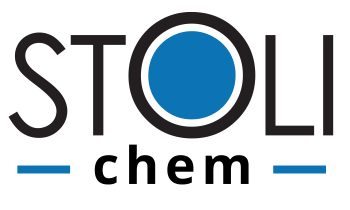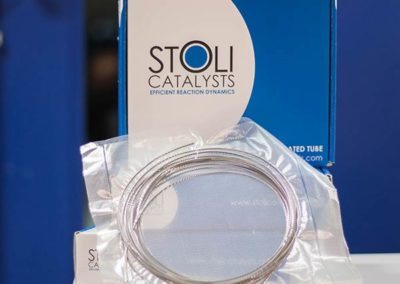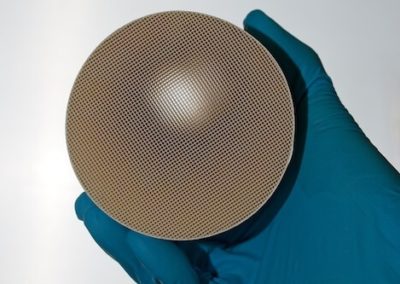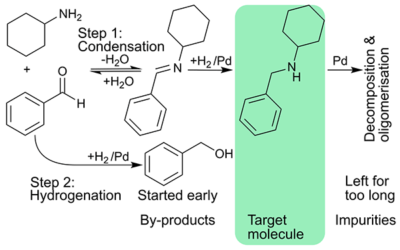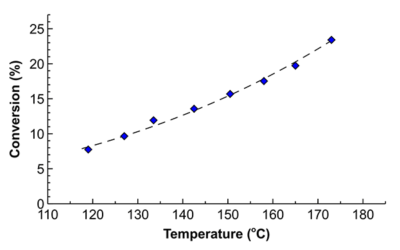Problem
A major company was developing a novel reactor and required synthesis of thermally-conductive catalyst-coated tubes. These reactors applied to a gas-phase process would minimise heat and mass transfer compared to powdered catalyst. The resulting benefits include increasing the process selectivity and catalyst lifetime.
Which catalyst coating method
The traditional evaporation coating methods have inherent problems such as inconsistent and non-uniform coatings, and catalyst losses, leading to lower process efficiencies.
What did we do?
Stoli provided its expert knowledge and experience in catalyst coatings and catalyst development. In collaboration with the customer, we developed several generations of the catalyst coating.
By using our proprietary catalyst coating technology, the catalyst coating was applied evenly across the surface of the tube. In this case, loading efficiencies were increased by more than 2.5 fold compared to traditional methods.
Outcome
Using the new reactor with robust catalyst coatings, our customer successfully tested the novel process and moved to pilot evaluation of the technology. Elimination of the heat and mass transfer limitations improved selectivity and decreased energy consumption resulting in a more efficient and sustainable process.
Catalyst for fuel cell applications
We have developed a monolith-based fuel cell catalyst for sustainable remote energy generation.
Cascading imine formation and hydrogenation
Stoli cascaded imine formation and hydrogenation; intensified process to maximise rate, and catalyst utilisation.
Process intensification in hydrogenation
Short residence time and high temperature – an impossible combination for batch – allowed increasing specific reaction rates 8-fold in flow with the same product quality.
